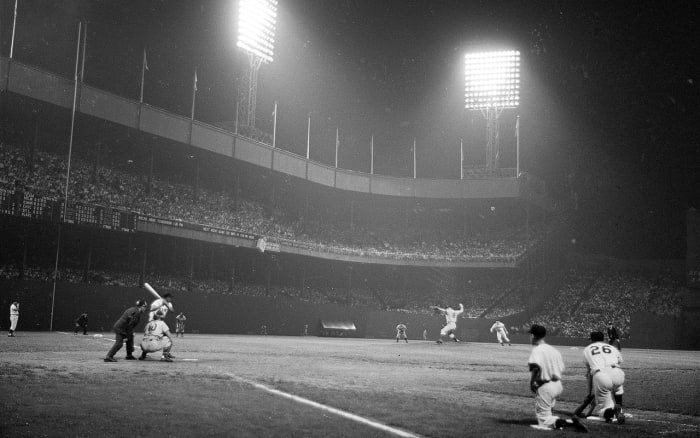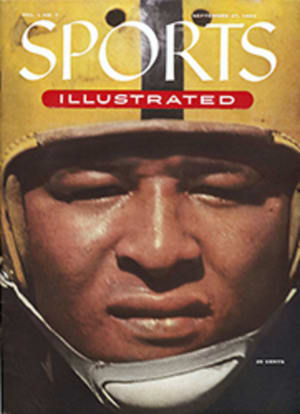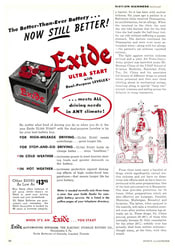THE POLO GROUNDS
History and tradition are as much a part of the décor of the Polo Grounds as the bases. After the first two games of the World Series are played there on next Wednesday and Thursday, the famous old home park of the New York Giants will be tied with the Yankee Stadium as the scene of the most World Series games: 47. If the teams return for a sixth game on Monday, Oct. 4, the Polo Grounds will stand alone, wallowing in record-shot antiquity.
This great, green, legend-encrusted stadium stands on a low, flat stretch of land squeezed between a high cliff called Coogan's Bluff and the Harlem River in the narrow, northern neck of Manhattan Island five miles north of midtown New York.
EVER SINCE 1891
The Giants have played big-league baseball there since 1891, the year after they moved uptown from the polo field they once called home. The name "Polo Grounds" went with them, and stayed. When the present park was opened in August 1911 after the old wooden stands had burned down, an attempt was made to call it Brush Stadium after the Giants' president. The attempt was short-lived; tradition prevailed.
The Polo Grounds was John McGraw's field, and Christy Mathewson's. The struggling New York Yankees used it as a home field from 1913 until they grew rich and built Yankee Stadium in 1923. Hans Wagner and Ty Cobb played there. Babe Ruth hit the first home run of his career in the Polo Grounds. Ray Chapman of the Indians was killed by a pitched ball there in 1920. The two most famous play-off games in baseball history were played in the Polo Grounds: the one between the Cubs and Giants in 1908, and the one in which Bobby Thomson hit his famous homer in 1951.
LIKE A BATHTUB
The Polo Grounds is shaped like a huge old-fashioned bathtub, narrow, high and long. The distance along the foul lines to the high walls of the tub is the shortest in the major leagues. But the outfield walls angle shallowly away from the foul lines and quickly change from the closest in the majors to the most distant: 483 feet at the farthest point of the 60-foot-wide runway that divides the bleachers and extends under the centerfield clubhouse.
The distant clubhouse is obviously inconvenient for the player, but for the fan it is wonderful, particularly when a pitcher is knocked from the box. Thus abruptly removed, a pitcher can't duck off the field to a handy sub-grandstand shower. Instead he must trudge out across the endless outfield, head down and all alone, a curiously touching and unforgettable sight.
The best way to get to the Polo Grounds from midtown is by subway, which takes 20 minutes and costs 15¢. Taxi is more comfortable but takes longer and costs more than $2. Buses take longer than taxis. Best way to drive is via the Harlem River Drive. Box seats for the Series cost $10.50, reserved seats $7.35, bleachers $2.10, standing room, $4.20.
World Series visitors to New York can watch Columbia play Princeton on Saturday, see a play or a film, visit a night club, museum, restaurant or art gallery, or take advantage of the autumn air to enjoy the other "must-see-before-I-die" sights of New York.
SERIES STATISTICS:
THE TAKE: Richest series ever, if it runs seven games, may draw $3,200,000 from 465,000 fans and another $1,175,000 for exclusive radio-TV rights from Gillette Safety Razor Co.
THE SPLIT, after taxes: Indians and Giants, players and owners, $1,365,000. Commissioner's office, $405,000; League offices, $615,000; other first division players, $235,000.
PLAYER SHARES: winners, about $9,000, and losers about $7,000 apiece, depending on apportionment players themselves vote.
THE INTAKE: Concessionaires will serve up roughly 300,000 hot dogs, 75,000 bags of peanuts and 250,000 beers.
ILLUSTRATION
MATT GREENE
280 ft.
450 ft.
483 ft.
258 ft.


